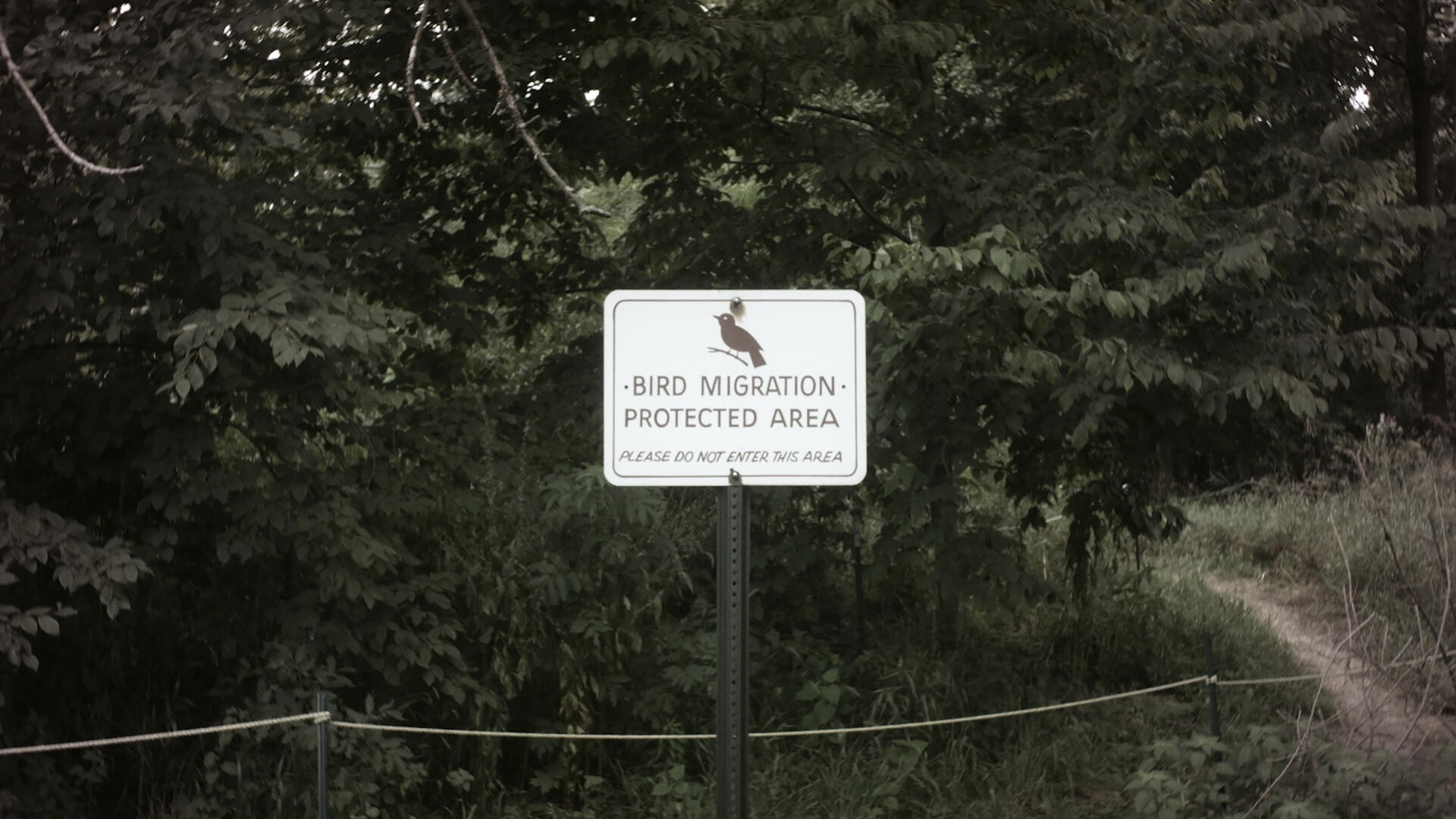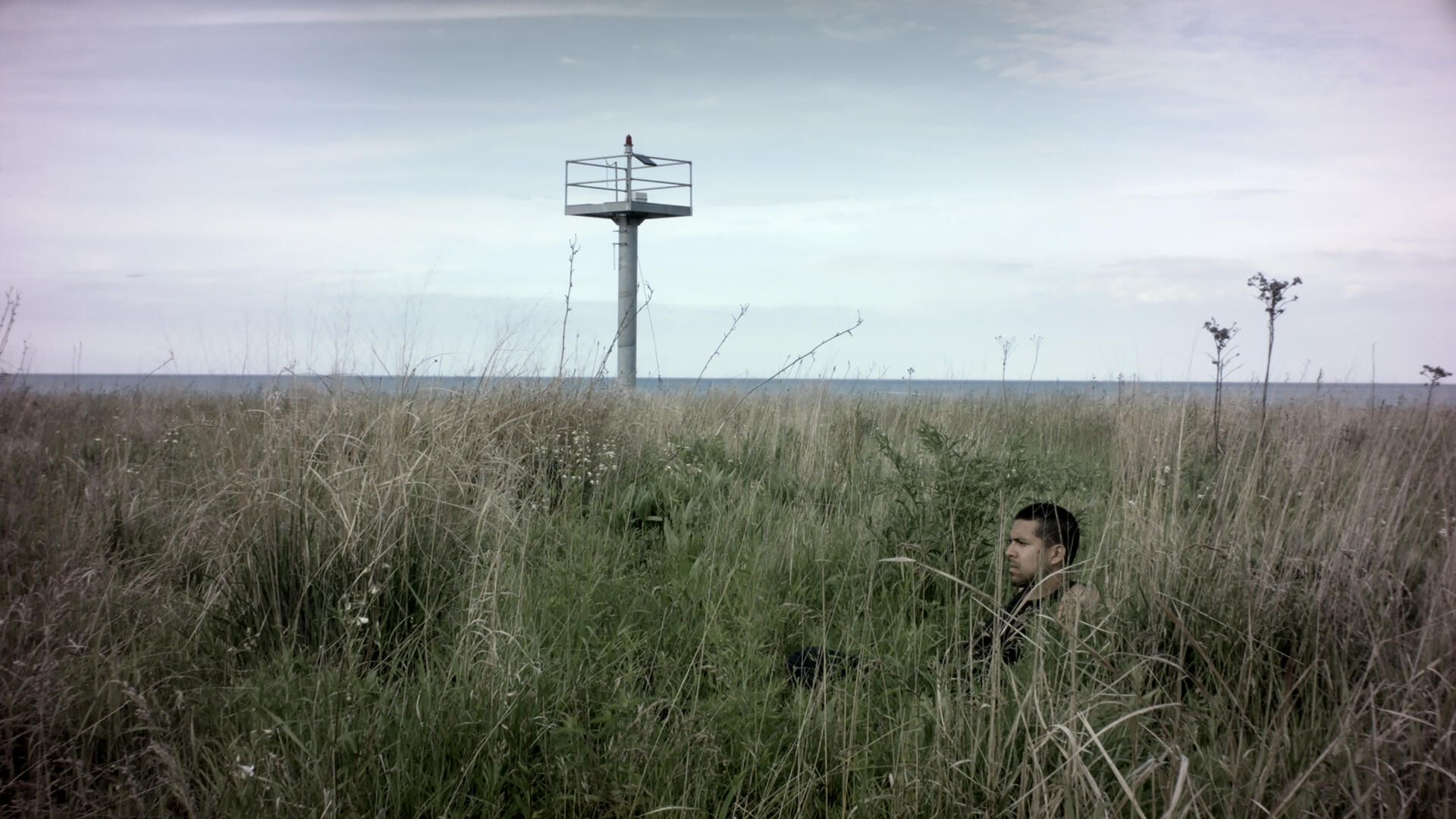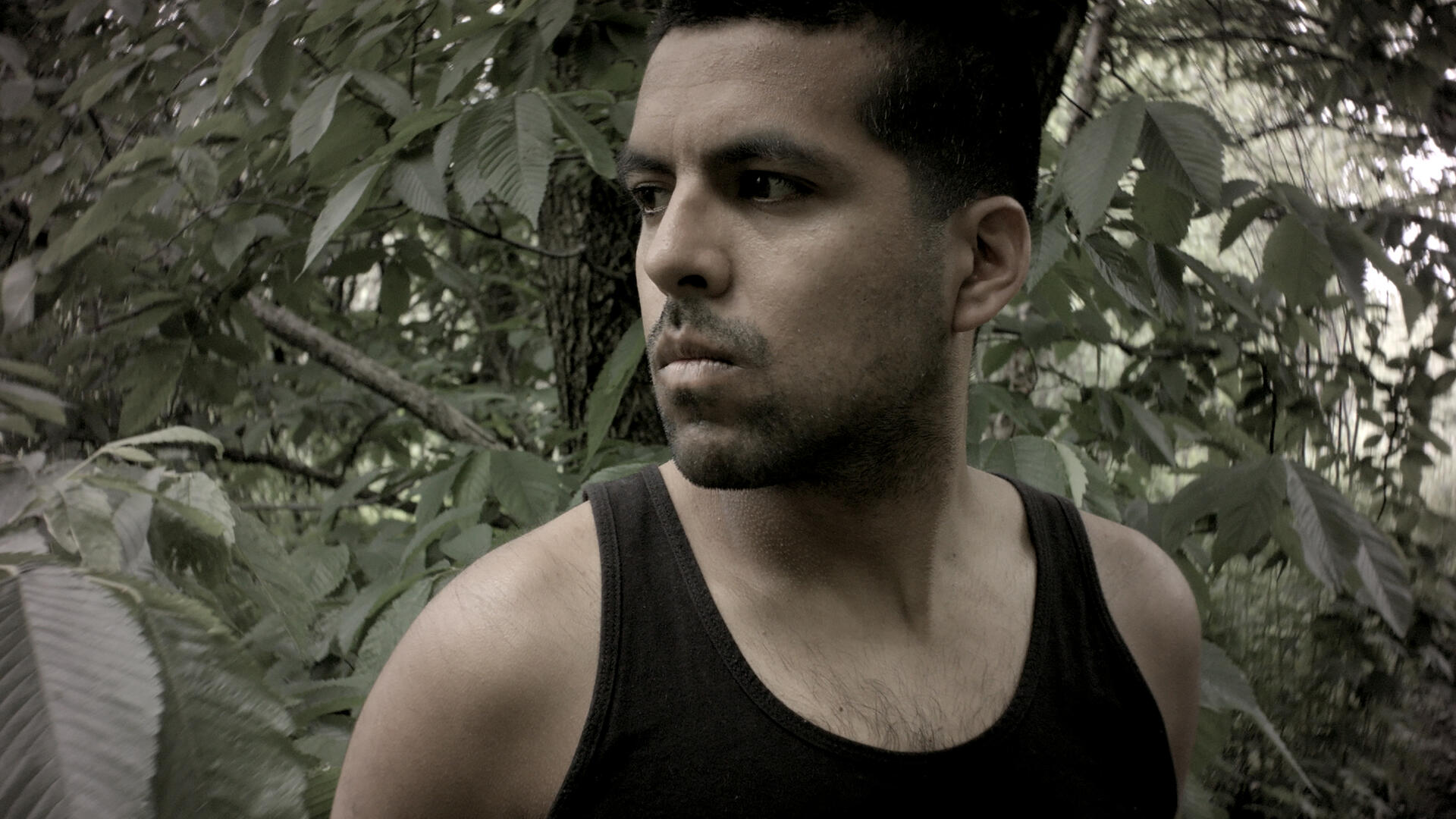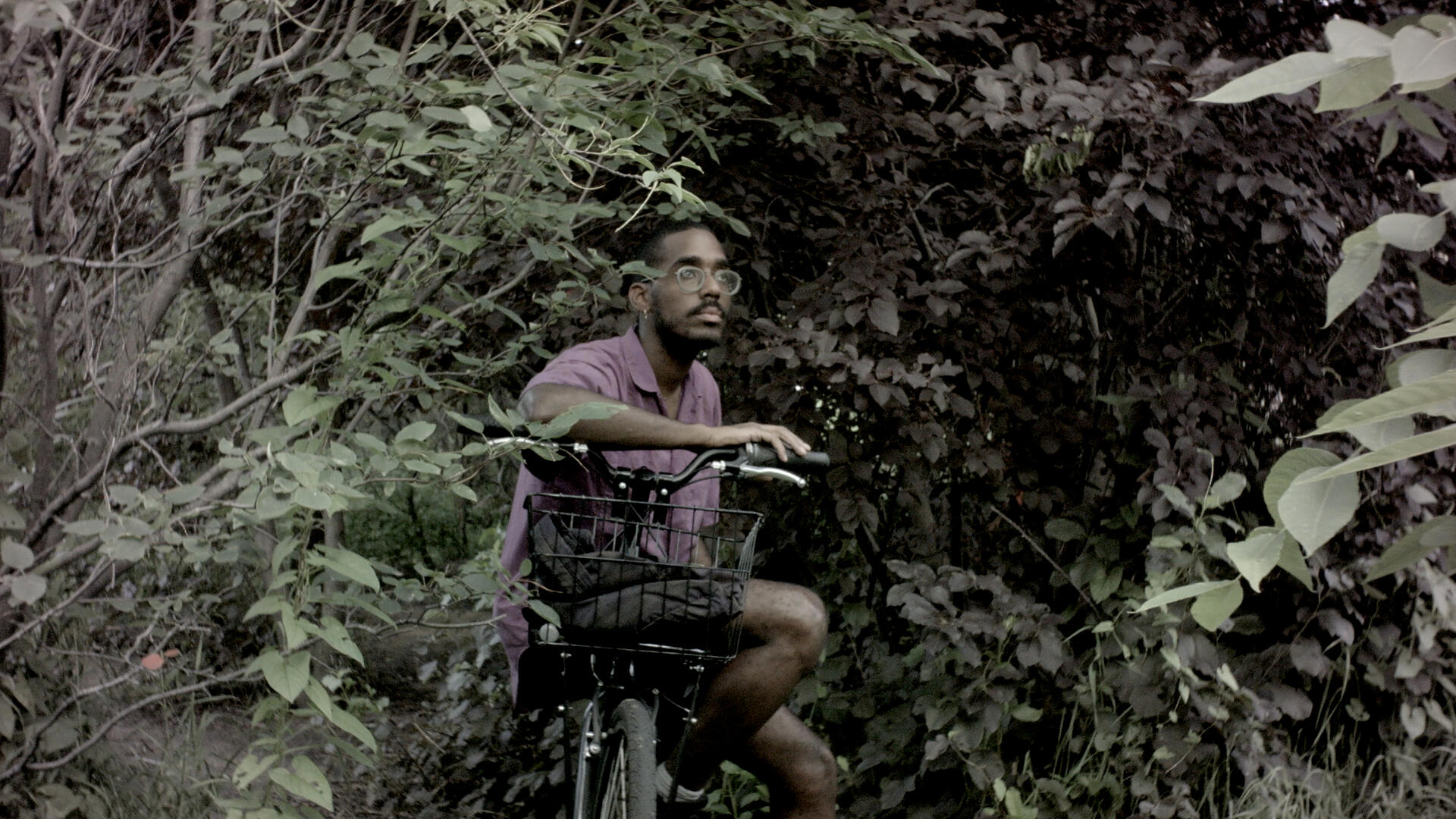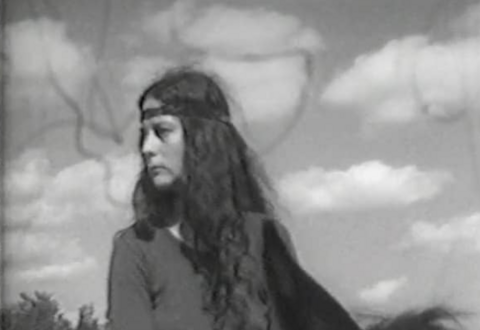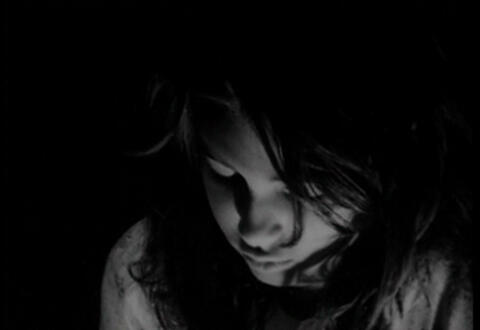The Magic Hedge
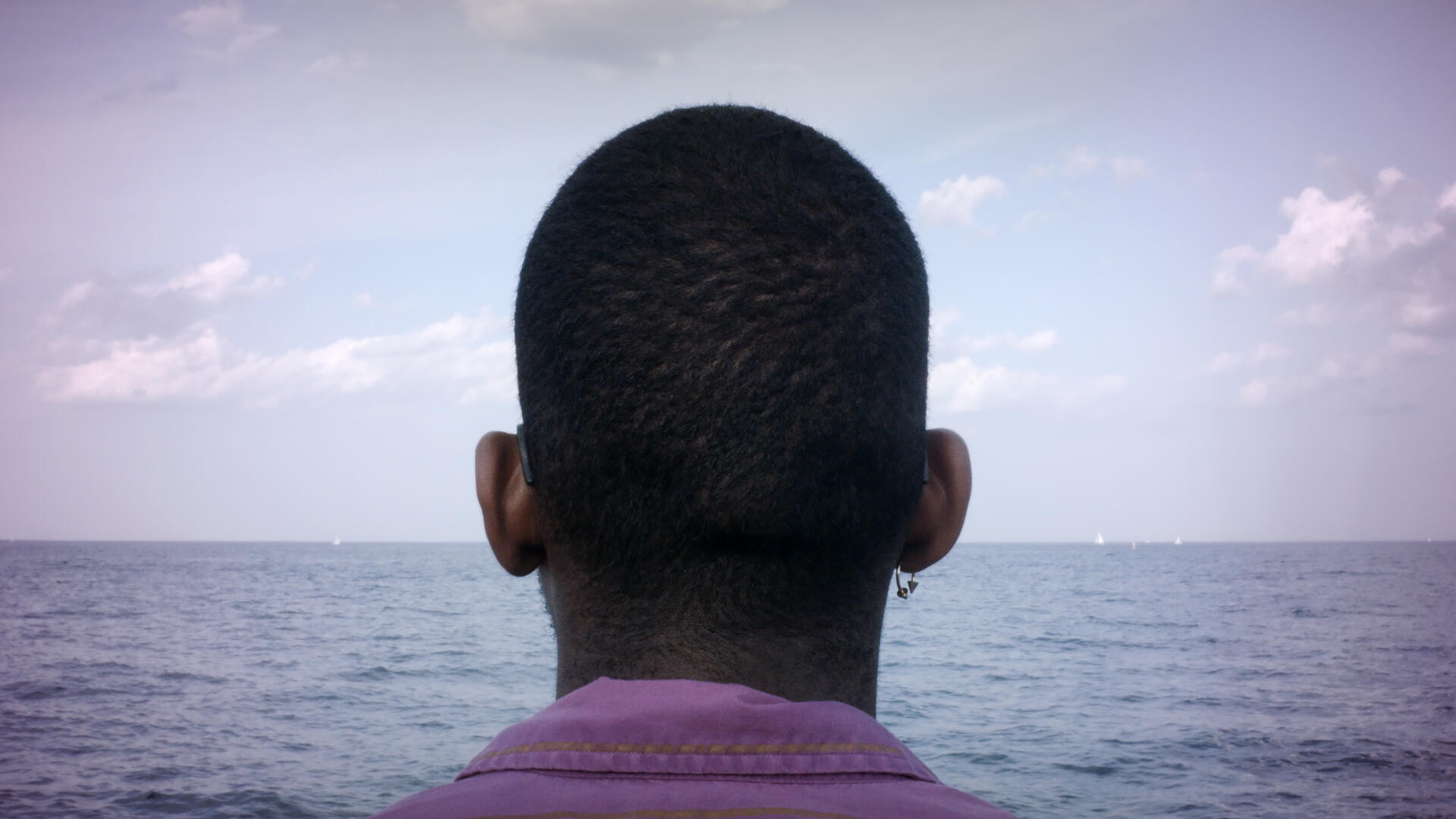
The Magic Hedge explores a bird sanctuary located on a former Cold War Nike missile site on the north side of Chicago. Left to wander and observe, the viewer becomes aware of the park’s open secret: men looking for fleeting sexual contacts within the trees and shrubberies. The video highlights the many contradictions of a site historically devoted to military surveillance and now designed to preserve and control the “wildlife”.
Technical information
Documentation
Interview with Frédéric Moffet
Where did you get the idea of shooting a video in and about the Magic Hedge site?
It all started when a colleague recommended that I visit the Magic Hedge, a bird sanctuary at Montrose Harbor in Chicago. He thought that the site would inspire me because of my interest in public sites of desire. A few days later, I visited the bird sanctuary and fell under its spell. The Magic Hedge revolves around history and desire. The bird sanctuary is located on a former Nike missile site established during the Cold War to protect Chicago from a Russian nuclear attack. In the 70’s, the lakefront military installation was converted into a bird sanctuary. Nowadays, the sanctuary attracts hundreds of species on their migrating journeys as well as countless ornithologists. Yet an unsuspected population also visits the park: men looking for fleeting sexual contact within the trees and shrubberies. The sanctuary becomes an idyllic space for men and birds in search of relief. The design of the park with its many fences and signs prohibiting various behaviors hints back at its former incarnation as a site of surveillance charged with the prospect of violence. The act of looking for unexpected encounters connects all of these very different manifestations of this lakefront park.
The Magic Hedge flirts with forms and elements of documentary. Was this “hybridity" originally thought or was it influenced by the place itself?
My approach at first was observational. I would visit the site with my camera and discreetly capture what was happening. This strategy allowed me to get some great footage but I was quickly confronted with an ethical dilemma. Anonymity is an important part of the game for men cruising in the park. Each person has his own reasons to be in the park and I did not want to out anyone. I started talking to people. Most folks did not want to be filmed, and when they did agree, they would often change their demeanor and pose for the camera. As a result, I started to invite people who were interested in the queer history of cruising in public space. They became models in tableaux vivants in which I would reenact situations I had seen previous in the park. The diversity of the queer population was one of the most interesting elements I discovered once I started visiting the park. There were people of different age, race, and body type. This was refreshing in the context of Chicago, known for its segregated neighborhoods. Many of the men were not fluent in English. After further reflection, this reality made sense. So much cruising now happens via text on smartphone apps. If your knowledge of English is limited than it makes sense to return to the public spaces where body language and the art of the gaze take precedent over written language. It was important for me to preserve this reality in the vidéo.
Questions by Vidéographe, 2016
Ornithology, homosexuality, nature, public space






